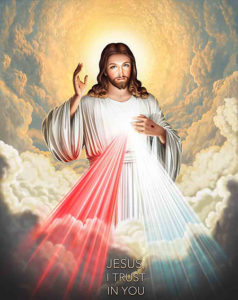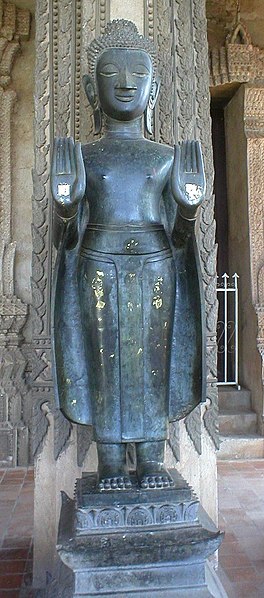Pictures of the week: Globalized Prehistory in Arunachal Pradesh
As Dan Sperber was complaining that no anthropologist posted "pictures of the week", here is a follow-up of the Punjabi Jingle Bells video, which also raises questions on cultural "borrowings". These pictures come from India as well, but 2500km to the East. They were taken inside a village temple in the Eastern Himalayas (Arunachal Pradesh). This is a region that had been long kept isolated from the plains. Its recent opening has seen a rapid rise of Christian conversions. Since the 1980, a revivalist movement, Donyi-Polo, aims at "modernising the tribal religions" by unifying the different local practices, developing a "moral code" and promoting the creation of village temples, where the deities are depicted by paintings like the ones shown here. The movement has some backing from Hindu fundamentalists, who try to convince the tribals not to convert to Christianity. Previously, the local religions had neither temples nor permanent shrines and did not use images.
Nibo-Robo, ancestors of the Tani people, ©P.Ramirez
The first painting shows Nibo and Robo, the two apical ancestors, with what clearly looks like prehistoric attire (and which obviously has no equivalent in the local dresses and tools). I suspect the inspiration might be found in a globalized representation of the "ancestors" carried both by schoolbooks and TV programs like Discovery Channel or National Geographic, which are accessible in many villages nowadays.
The second painting depicts Doyi Bote, today considered as a paternal figure living in the sky, projecting a beam on common people. Here, the costumes are closer to local reality. The beam might be borrowed from some Christian representation of mercy while the open hand is the classical gesture of protection (abhaya mudra) in Hinduism and Buddhism (see below).

I am not a specialist of that particular culture - most of my fieldwork has been done in neighbouring Nepal and Assam -, but from what I have understood, this outburst of icons in a previously aniconic culture did not meet any major resistance. I do wonder how it has affected people's mental representations of their gods. How might cognitive anthropology be of help in answering or at least in investigating such a question?





